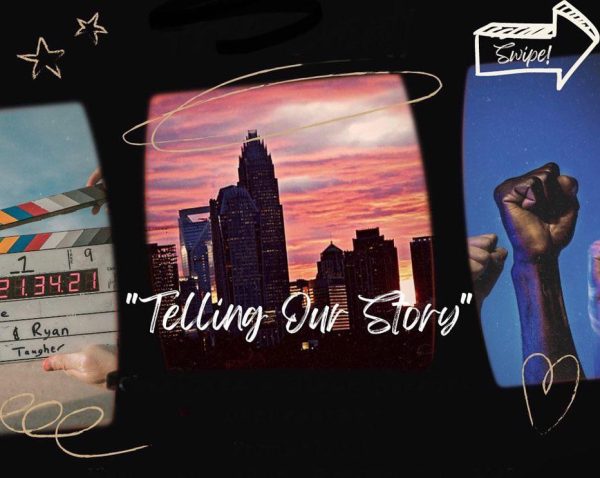Nicholson makes a splash with scuba diving
The sun begins to rise as junior John Nicholson breaks away from city life. With a four hour drive ahead of him, he prepares for the excitement of the ocean.
“It’s so different than life up here,” Nicholson said. “Marine life looks completely different. They’re like aliens.”
Nicholson has always been interested in marine life, even when he was just a boy.
“When I was a little kid I always liked fish,” Nicholson said. “It was bound to happen that I’d go diving but obviously I couldn’t dive when I was five.”
Nicolson became a certified scuba diver when he was 13.
“My dad got me lessons for my birthday, so we went to Wilmington and I took a course on diving,” Nicholson said.
Through the National Association of Underwater Instructors (NAUI), Nicholson went through weeks of classes. The first week of becoming a scuba diver is purely academic, learning the basic concepts and principles of diving.
The second week contained three parts: in-class training, pool training and open water training. The first day was learning proper breathing techniques and the ins and outs of the equipment. The second day is actual equipment testing. Students dress in wetsuits, gear up with oxygen tanks, masks and buoyancy control devices (BC) and dive into contained waters, or to non-divers, a pool.
Training is concluded with diving in open waters. It was Nicholson’s first time diving in a bay.
“We went down 30 feet probably, but we couldn’t see anything. It was murky, but [the instructor] wanted to test our navigation skills.”
A typical dive starts with a ride sanctioned by a divemaster. Divers step off the marina and onto a boat for a ride that could last as little as a few minutes up to a few hours. When they’ve arrived to the dive spot, the divemaster all anchor the boat and the guests will get dressed and gear up. Once the divemaster has assured the safety of the water, they jump in and start diving.
Once he was certified, Nicholson began diving up to five times a summer, exploring marine life and weaving through rusted shipwrecks.
“One of the coolest [shipwrecks] I’ve seen was a German U-boat,” Nicholson said. “It was really old [and] it was really rusty. You could barely deciphers what it was at first because it was so old. There’s a lot of fish hiding in them. That’s where I saw the sand tiger sharks. They would go inside the shipwreck through the windows. They would hide inside the dark parts of [the ship.]”
Nicholson feels like he is one of the lucky few that get to explore the depths of the ocean.
“It’s exciting to me because there’s so much we don’t know about it. [The ocean] is a completely different world,” Nicolson said.
Your donation will support the student journalists of East Mecklenburg High School. Your contribution will allow us to purchase equipment and cover our annual website hosting costs.






